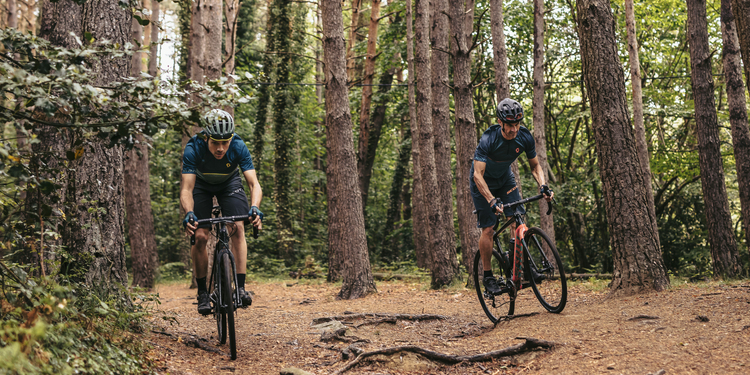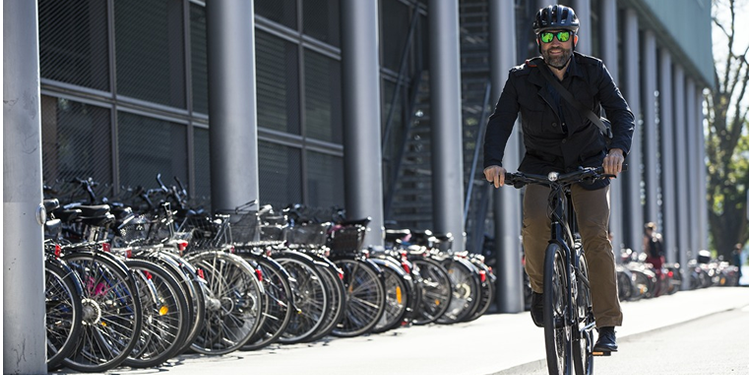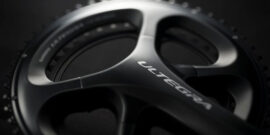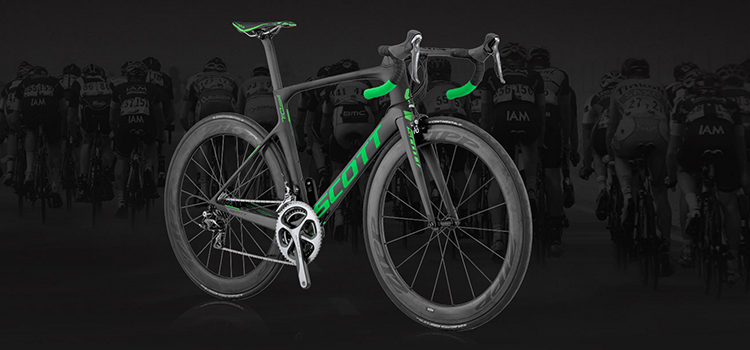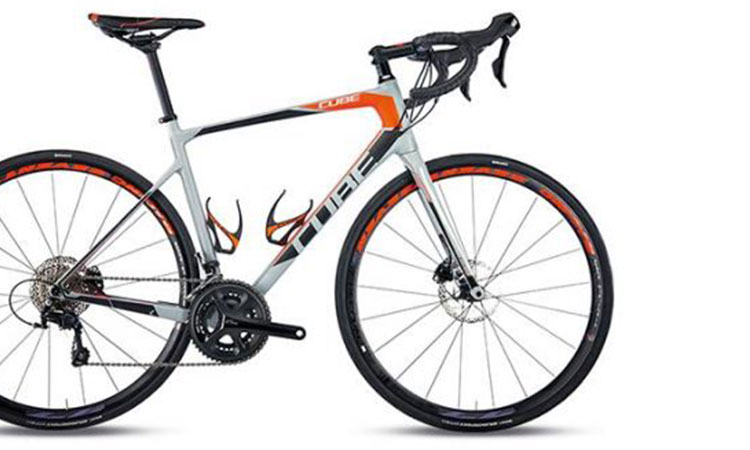Cyclocross and gravel bikes are similar, yet different. Both are versatile, tough, and fun with drop handlebars that look at first glance like a road bike with knobbly tyres. Both can be used for many kinds of riding, but each is borne from its own discipline so have different strengths and characteristics. Here’s the Hargroves Cycles guide to choosing which is best for you…
Cyclocross (CX) is a fast-paced off-road racing on dirt, grit, mud and grass (and tarmac!) with obstacles including sandpits, low barriers and steep muddy ramps. CX bikes are designed for speedy, stable handling on these tricky, multiple surfaces. Gravel originates from a world of adventures and exploration over America’s unfinished roads, with gravel being the defining, but not only, surface. Gravel bikes are tough, sturdy machines with day-long comfortable geometry and luggage capability.
FRAME: MATERIAL & GEOMETRY
The first feature to consider is the frame. CX racing bikes have lightweight frames, usually with internal cable routing and a gently curved or flat toptube so that you can comfortably ‘shoulder’ it (carrying it on your shoulder over obstacles) without interfering with any exposed control cables and their lugs. The geometry of the frame differs. While CX bikes will have lower top tubes for a racier position and a steeper headtube angle for more agile handling, gravel bikes usually have a taller, more relaxed geometry for greater comfort. ’Cross bikes’ chainstays are usually short, keeping the rear wheel under your centre of gravity for added traction on steep inclines. Gravel bikes often have longer chainstays, helping both with stability in the rough and with heel clearance when using panniers.
Few CX frames have eyelets to mount mudguards or panniers – not needed on race bikes – but on gravel bikes they’re essential: “fenders” and luggage-handling capacity are key to their versatility. For this reason, you’re more likely to see gravel bikes constructed from steel, occasionally titanium or more often aluminium, while in ’cross your choice is increasingly between aluminium and carbon.
RUBBER & RATIOS
Both gravel and CX bikes need wider tyres with a deeper tread than their road bike cousins for off-road traction. Expect 33mm for CX racers, while gravel goes up to around 45mm. Tubeless setups are now popular within both disciplines, running much lower – and therefore grippier – pressures without the danger of pinch punctures, so look out for a bike with a tubeless compatible wheelset.
Gearing choices also differ slightly. CX bikes might run a ‘compact’ 46/36-tooth chainring with an 11-28-tooth cassette for powering round a CX circuit. Low-weight simple, single-chainring (1x) options are also becoming available. Gravel bikes vary in their ratios, being designed to thrive on the tarmac as well as the trails, and may feature a 50-34 ‘standard’ chainset for the extra top-speed range. See our ‘Drivetrains and Groupsets” feature for more info.
Disc brakes are now standard across gravel and CX. They’re more effective than rim-brakes, especially in the wet, and provide the all-important clearance needed for those wider tyres. Hydraulic systems are the most effective, but there are many mechanical setups available that provide great performance at more affordable prices.
’CROSS CHOICE
Cannondale’s CAADX Tiagra 2018, £999, is a fantastic first CX bike. Its CAAD (Cannondale Advanced Aluminium Design) frame has CX racer geometry, with steep headtube angles for pinpoint cornering and short chainstays for climbing. The Shimano Tiagra groupset’s slick-shifting 11-32 cassette, paired with 46/36-tooth chainrings, provide a perfect selection of gears for the circuit.
The package is rounded out with reliable Promax disc brakes and a durable CX 3.0 wheelset, clad with Schwalbe’s popular 35mm Rapid Robs. Also included are some subtle mounts so you can easily turn your weekend racer into a weekday commuter.
GRAVEL GRINDER
The Specialized Diverge Comp E5, £1,500, is a great gravel starter. The aluminium frame features Specialized’s Open Road geometry – designed for comfort over all kinds of terrain – and the Future Shock Suspension unit, which accommodates up to 20mm of travel within the headset, soaking up both trail bumps and road buzz. Up front is a carbon fork, your friend on grit and tarmac sections alike.
Shimano’s excellent 105 groupset combines 48/32-tooth chainrings with an 11-32 cassette to have you eating up even the toughest of gradients with ease, while the Tektro Spyre disc brakes provide reliable stopping power on the descents.
While the Diverge Comp E5 is supplied with 30mm tyres, it will comfortably fit up 38mm to hit some really rugged terrain. With eyelets for racks, fenders, and three water bottle mounts, it’s also equipped as a lightweight tourer or for bike-packing adventures.
BEST OF BOTH WORLDS
A bike to bridge gravel and CX is the Ridley’s X-Bow 105 Mix Disc . The alloy frame and ‘Zornyc’ carbon-bladed fork with alloy steerer are light yet robust and stay stiff even when under a lot of stress. They also feature those all important mounts so that you can transform it from a weekend CX racer into a lightweight tourer or commuter.
This X-Bow boasts Shimano 105 componentry, helping to keep the weight down to 10.3kg (for a Medium), and the 22-speed combination of a 46/36 chainring with 11-28 cassette will help you make light work of the muddy ramps of a CX circuit. The TRP Spyre mechanical discs brakes are a really good addition at this price, providing reliable braking in any conditions. 4ZA cockpit and saddle, and robust Fulcrum Racing Sport DB wheels shod in 33mm-wide tyres are neat kit for this money, and help to round out a highly versatile, dependable machine.
Think about what style of riding you’re going to be doing: gravel exploration and CX racing are different disciplines, but the multi-purpose freedom their bikes afford you are difficult to dismiss! If you’re looking to take your riding off the tarmac, and out of your comfort zone, at Hargroves we have a huge selection of gravel and CX bikes to choose from.

